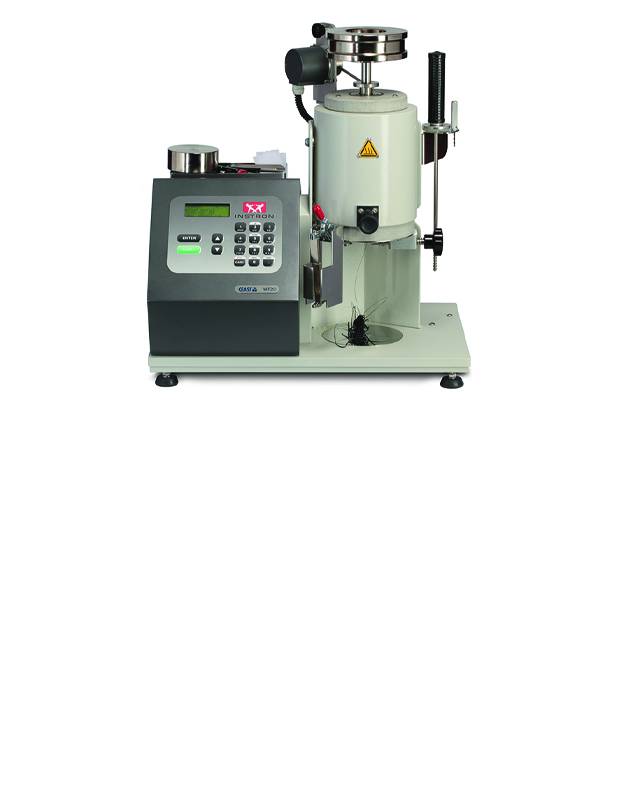ISO 1133 and ASTM D1238 cover the determination of the Melt Mass-Flow Rate (MFR) and Melt Volume-Flow Rate (MVR) using easy and quick test procedures.
The ASTM D1238/ISO 1133 standards specify detailed test conditions, including pre-heating period, starting position, and measurement length/time.
However, fulfilling all standard specifications using a basic melt flow tester (extrusion plastometer) can be challenging, especially when testing some polymers and compounds. Results can be affected by poor repeatability.
How to Ensure Repeatability of Results with Melt Flow Index Instruments
It's not uncommon that during the pre-heating period the sample swells and pushes the piston up, especially when testing under low-load conditions (e.g. less than 2.16 kg). Applying a compacting force higher than the test weight can prevent this from happening.
Precise positioning of weight-lifting devices enable you to set the starting position and timing for measurements in a more repeatable way.
Some samples show very high viscosity and effective compacting requires high loads.
Air bubbles trapped inside, due to poor compacting, can affect the MFR/MVR results.
A high, but controlled, compacting force is needed.
At the end of tests, the same force can be applied for purging out the remaining material, reducing the total test cycle time.
Determining the Melt Flow Rate of HDPE
We tested an HDPE sample with an expected MFR of about 0.25 g/10 min (190 °C, 2.16 kg) with a Instron CEAST MF30 melt flow tester, applying ISO 1133-2 Procedure B. CEAST MF30 features a load cell integrated with the weight lifting device, enabling you to apply up to 750 N of compacting force.
To compare the repeatability of results, we performed twenty consecutive tests using the load cell for compacting, and another twenty without it (using only the test weight for compacting).
The average MFR result was close to the expected value in both cases.
However, results from the tests performed without the load cell were consistently higher and with a standard deviation of 0.012 g/10 min (close to 5%).
In tests where the load cell was compacted, the standard deviation was as low as 0.005 g/10 min (2%).
Similar results were obtained also following ASTM D1238 Procedure B.
